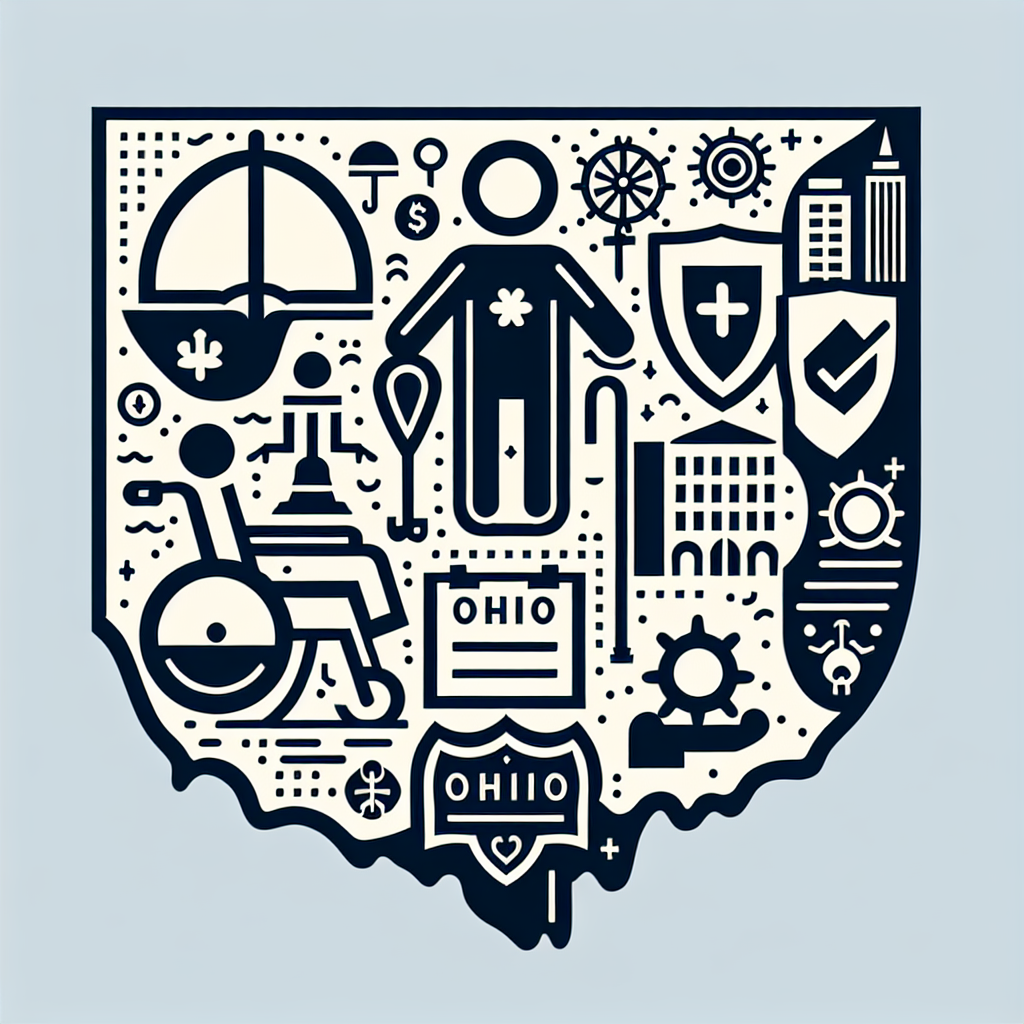Filed under Health Insurance on
Understanding Health Insurance for Controlled Groups

As businesses grow and expand, so do their responsibilities, particularly in areas like employee benefits, including health insurance. Controlled groups, a concept defined by the Internal Revenue Service (IRS), bring a complex layer of considerations to health insurance planning. Understanding how health insurance works for controlled groups is crucial for compliance and effective benefits management. Below, we'll delve into the intricacies of health insurance regulation for controlled groups, offer practical advice, and outline real-life scenarios to illustrate these concepts in action.
What Are Controlled Groups?
In the simplest terms, a controlled group is a collection of two or more corporations, trades, or businesses that are related through common ownership. The IRS identifies controlled groups to ensure that companies do not manipulate compliance with various tax and benefit obligations through complex business structures. Controlled groups take two primary forms: parent-subsidiary and brother-sister groupings.
Parent-Subsidiary Controlled Groups
These occur when one business owns 80% or more of another business or multiple businesses. For example, if Company A owns 85% of Company B, they form a parent-subsidiary controlled group.
Brother-Sister Controlled Groups
This type of controlled group exists when five or fewer individuals, estates, or trusts own at least 80% of two or more companies, with more than 50% of each company's stock held with identical ownership interests. A real-life example could include five siblings who collectively own two family-run businesses, each holding equal or proportionate shares in both entities.
The Impact on Health Insurance
The recognition of controlled groups primarily affects your obligations under the Affordable Care Act (ACA). According to ACA regulations, controlled groups are treated as a single employer when determining compliance with employer mandates to provide health insurance. This can significantly impact eligibility for group health plans, counting toward thresholds that trigger specific employer responsibilities.
Compliance with ACA Requirements
For businesses considered part of a controlled group, the employee count is aggregated across the constituent companies. If the total number of full-time employees and full-time equivalents across the controlled group meets or exceeds 50, the entire group is subject to the "employer mandate." This mandate requires employers to provide affordable and minimum essential health insurance coverage, or potentially face penalties.
Case Study: ABC Enterprises and XYZ Holdings
Consider ABC Enterprises, which owns 60% of DEF Corp and 30% of XYZ Holdings. If DEF Corp and XYZ Holdings form a brother-sister controlled group due to overlap by other common owners, their combined total full-time employees could tip them over the ACA threshold. Suppose DEF Corp employs 30 full-time workers, and XYZ Holdings employs 25; collectively, they surpass the ACA threshold, and the group must adhere to employer mandate requirements.
Strategizing Health Plans for Controlled Groups
For controlled groups, strategizing health insurance offerings can be tricky yet rewarding, providing you have a comprehensive understanding of the regulations and opportunities for optimization. Here are some practical tips:
- Evaluate and Consolidate Plans: Consider using a single health insurance carrier for all entities within the group. This can result in cost savings, more favorable premium rates, and streamlined administration.
- Consult with Experts: Engage employee benefits consultants or legal advisors who specialize in controlled groups. They can advise on compliance and creative solutions tailored to your business structure.
- Streamline Communication: Create clear communication channels to ensure all employees understand their health insurance options, eligibility, and enrollment processes, regardless of the company division they work in.
Real-Life Example: Johnson Family Enterprises
Johnson Family Enterprises is a well-known example of optimizing health insurance for a controlled group. By collaborating with a specialized insurance broker, they combined health plans for two related companies, enabling them to enjoy uniform coverage terms and improved bargaining power with insurance providers. Consequently, this led to reduced administrative costs and enhanced employee satisfaction.
Complex Yet Manageable: Key Takeaways
While health insurance regulations for controlled groups can seem daunting, understanding the fundamentals and working closely with experts can transform this challenge into an opportunity. Companies can benefit greatly from strategic benefits planning, potentially reducing costs and fostering a healthy, satisfied workforce.
Frequently Asked Questions: Understanding Health Insurance for Controlled Groups
-
What defines a controlled group for health insurance purposes?
A controlled group is defined by common ownership among businesses, characterized as either parent-subsidiary or brother-sister structures. The IRS uses this classification to regulate tax and benefits obligations, including health insurance.
-
How does a controlled group affect ACA compliance?
Controlled groups are assessed as a single employer under ACA regulations. Therefore, the aggregated employee count must meet certain thresholds to determine employer mandate applicability.
-
Can businesses within a controlled group have different health insurance plans?
Yes, businesses within a controlled group can offer different health insurance plans. However, utilizing a combined plan can often yield financial and administrative benefits, simplifying compliance with regulations.
-
What strategies can controlled groups employ to optimize health insurance?
Strategies include consolidating health plans under a single carrier, engaging expert advisors, and maintaining effective communication with employees to ensure clarity and uniformity in policy application.
-
Are there penalties for not complying with controlled group regulations?
Failure to comply with ACA mandates can result in significant penalties, underscoring the importance of understanding controlled group implications for health insurance.
Understanding and navigating the complexities of health insurance for controlled groups is crucial for legal compliance and effective employee benefits management. By leveraging expert advice and strategic planning, businesses can turn these regulatory challenges into opportunities for improvement and employee satisfaction.





